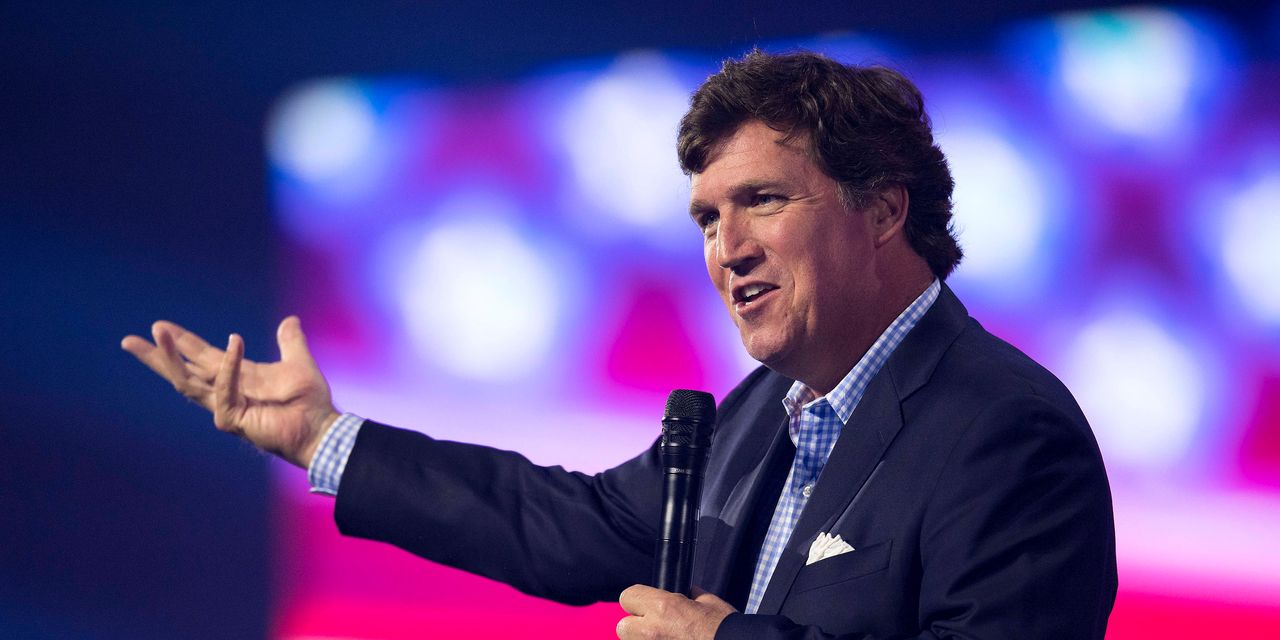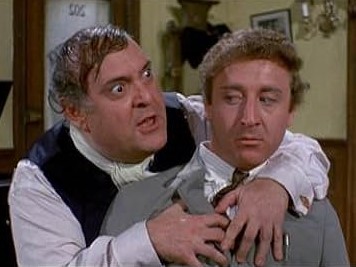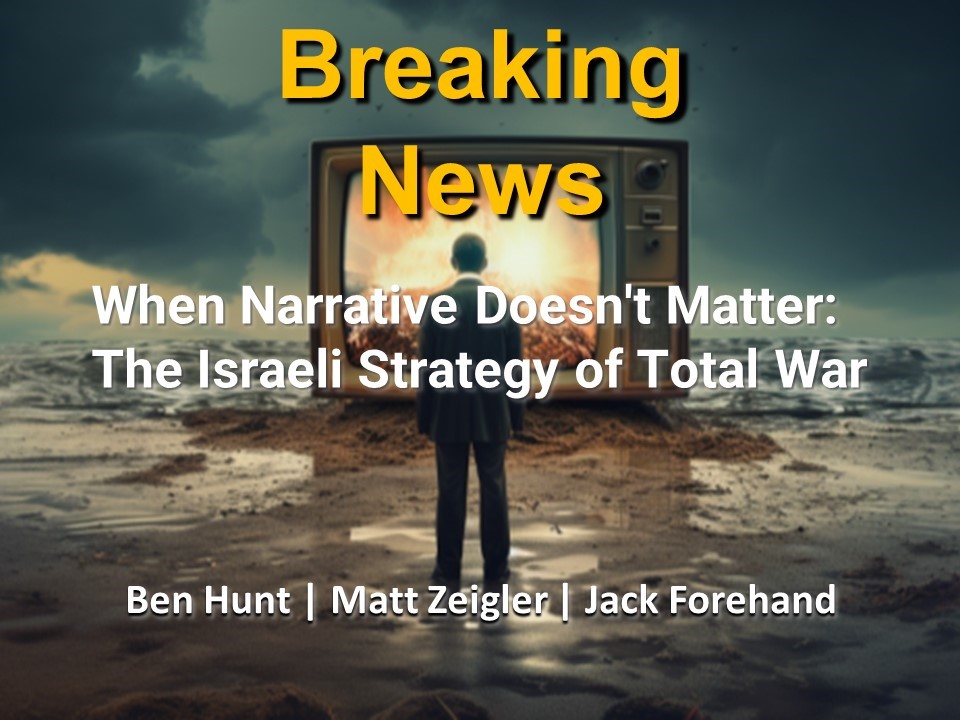The core problem for Team Blue isn’t the candidate, it’s the team. Specifically, it’s the very online population of Team Blue journalists, academics and political operatives and their pseudo-religious, dogmatic urge to explain why aggregate economic statistics are more meaningful than lived experience.
Recent major media stories that feel to us like they’re part of a larger Narrative campaign.
The election of Javier Milei as Argentina’s president is a classic Great Unmooring event. Don’t get me wrong – I am totally rooting for the guy and I am not saying this is a Bad Thing TM. In fact, I think Milei is absolutely right to take a flamethrower to the Argentine central bank and entrenched public sector. But it is a profound unmooring all the same, not just for Argentina but for the world.
With primary season getting into full swing, there is a lot going on in the political world. Candidates are taking things up a notch with their aggressive tweets and comments to try to stay relevant as a Trump vs. Biden election seems more likely every day. And Trump and Biden themselves seem happy to sit back and stay out of the fray while enjoying their leads in the polls. In this episode, we break down the current state of election 2024. We discuss whether the primaries matter anymore and how things are playing out in narrative world. We also cover why inflation may not have been as low as it seemed in the most recent CPI report, whether Jack’s pivot on Jared Kushner is warranted and the benefits of keeping a personal archive.
Recent major media stories that feel to us like they’re part of a larger Narrative campaign.
Every macroeconomic data release will be parsed and presented by Wall Street and the White House to pressure the Fed to lower the price of money. That storytelling effort will be particularly strong when everyone is paying attention on a Day of Theater.
Like a CPI release.
We know that Hollywood is a multibillion dollar industry that shows no signs of slowing anytime soon. So then why do so many studios report that their movies failed? Especially when most of these movies are incredibly popular and by all accounts should be financially successful. Well turns out Hollywood has some tricks up their sleeves and, as The Producers taught us, under the right circumstances you can make more money with a flop than a hit.
Recent major media stories that feel to us like they’re part of a larger Narrative campaign.
People traditionally look at war as something that is fought on a battlefield. And that is certainly true. But it is also fought in the world of narrative. The stories that are told by both the combatants in a war and other parties outside the war with a vested interest in its outcome can play a major role in how it plays out. In this episode, we look at the current Israel Hamas war through a narrative lens and how that is impacting the conflict.
Recent major media stories that feel to us like they’re part of a larger Narrative campaign.





